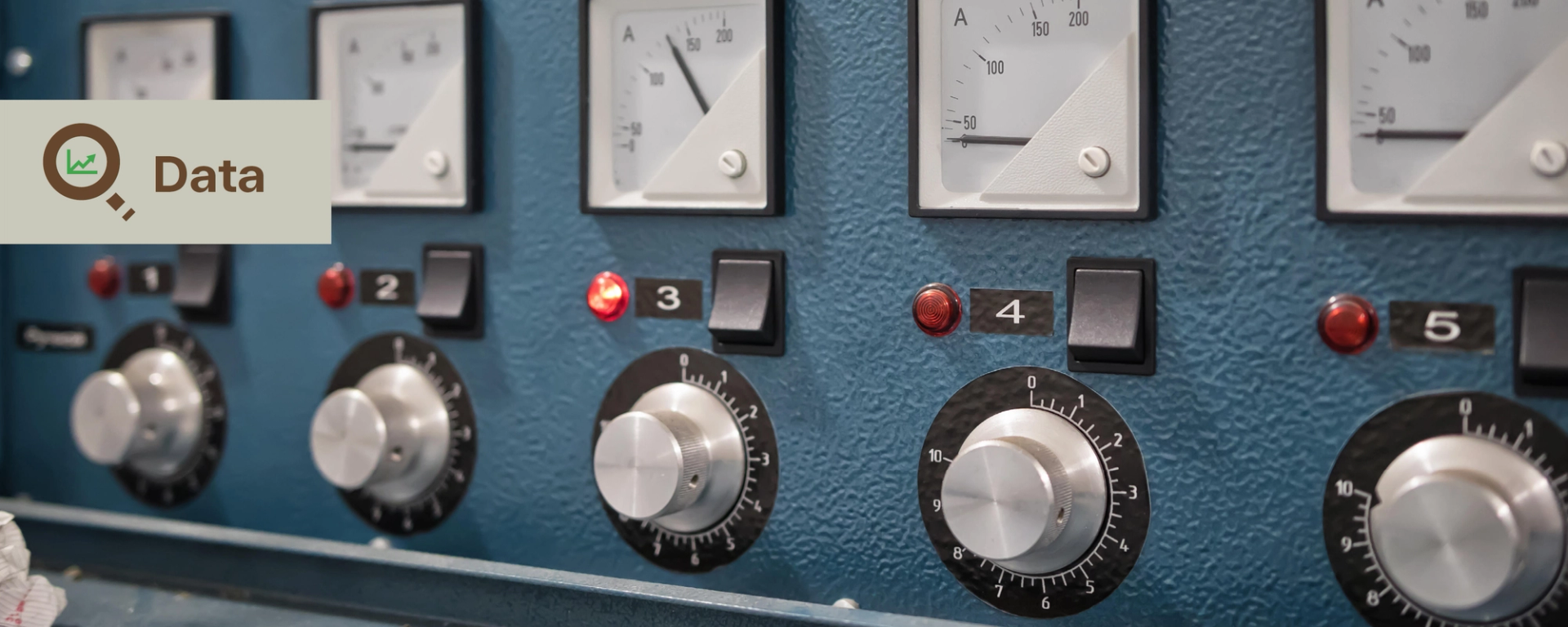For many of us across the climate movement, industrial decarbonization is an emerging space. There’s so much to learn and understand. The good and bad news is that this sector is no more or less challenging than transforming our power or transportation systems. Creating change requires a crisp understanding of industries like steel or cement. We’re here to help, providing campaign actionable data and analysis that you can use.
Below you will find a sampling of some of the tools our team is building. You can review them here, and if you want, download the data directly and play around with it yourself. We offer all of this to the movement and just ask that as you use our datasets and analysis, please share credit with our team. It takes a lot of work to compile and make sense of the heaps of data out there.
Questions? Want to collaborate? Reach out to contact@industriouslabs.org
Industrial Facilities Tracking Tool 3.0
Data Source: EPA Greenhouse Gas Reporting Program 2023 Data, EPA Environmental Justice Screening Tool 2024, EPA Toxics Release Inventory 2024, EPA National Emissions Inventory 2020
Our first (and favorite) tool. The IFTT aggregates complex data from a range of open sources (including EPA’s GHGRP, EPA National Emissions Inventory, and EPA EJ Screen 2023) to tell a story about industry from individual facilities to individual sectors and the country overall. Just updated with 2022 data, today the IFTT provides an overview of the unique complexities of the US Industrial System – with information ranging from greenhouse gas emissions by process and gas, criteria and health-harming pollutants, and pivotal environmental justice analysis. Hover the cursor over individual sites to see all the details at the facility level. You can filter by states and sectors, and our dashboard will adjust to highlight the greenhouse gas emissions. Over time we hope to build more and more into the tool.
